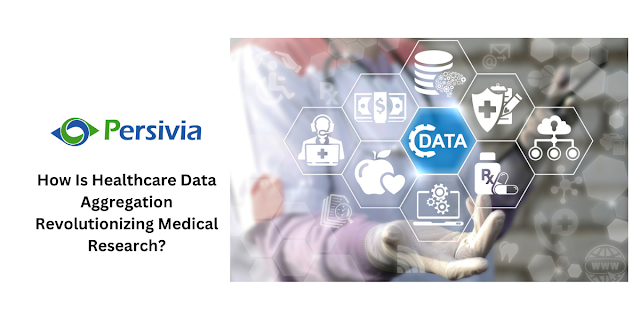What Lies Beneath? – A Closer Look At Healthcare Quality Reporting
Today, Quality Reporting is the cornerstone of modern healthcare systems and patient safety is paramount. It is widely believed that the quality of care provided to patients directly affects their well-being yet measuring this quality remains a great challenge. The Quality Reporting Program (QRP) has recently become the de facto standard for evaluating healthcare services.
How Digital Quality Reporting is Redefining Care Delivery?
Quality reporting provides valuable insights into patient outcomes, enabling healthcare providers to tailor treatments and interventions more effectively. These digital systems can accurately assess patient care outcomes and pinpoint potential issues or barriers to successful treatment by utilizing advanced analytics and machine learning algorithms.
The Key Insights of the Quality Reporting Program
• Standardized Measures: QRPs use standardized measures to compare the performance of different providers and healthcare organizations. These measures can include things like readmission or mortality rates, and patient satisfaction scores.
• Data Collection & Analysis: The program collects data on various aspects of healthcare quality and analyzes that data to identify areas for improvement. This data can include patient outcomes, satisfaction, and utilization of services, as well as provider performance and adherence to clinical guidelines.
• Transparency: It often makes the collected data publicly available, allowing patients, payers, and other stakeholders to see how different providers and organizations are performing in terms of quality of care.
• Use of Data to Drive Improvement: The data is collected and analyzed to drive improvement in care. This may involve analyzing data on patient outcomes, identifying areas where care is falling short, and implementing changes to address those issues.
• Reporting Requirements: Such a program carries specific reporting requirements that providers and organizations must meet to participate in the program. This may include submitting data regularly, meeting certain performance thresholds, or participating in specific quality improvement initiatives.
• Compliance with Regulatory Requirements: It ties to compliance with regulatory requirements, as proposed by notable healthcare agencies such as CMS.
Final Thoughts
Overall, QRPs improve the quality of care by collecting and analyzing data on healthcare quality, using that data to drive improvement, and making the information effectively available so that patients and other stakeholders can make informed decisions about their care. As we continue to strive for excellence in healthcare, associated organizations must remain committed to transparency and accountability by embracing the use of the Quality Reporting Program.




Comments
Post a Comment